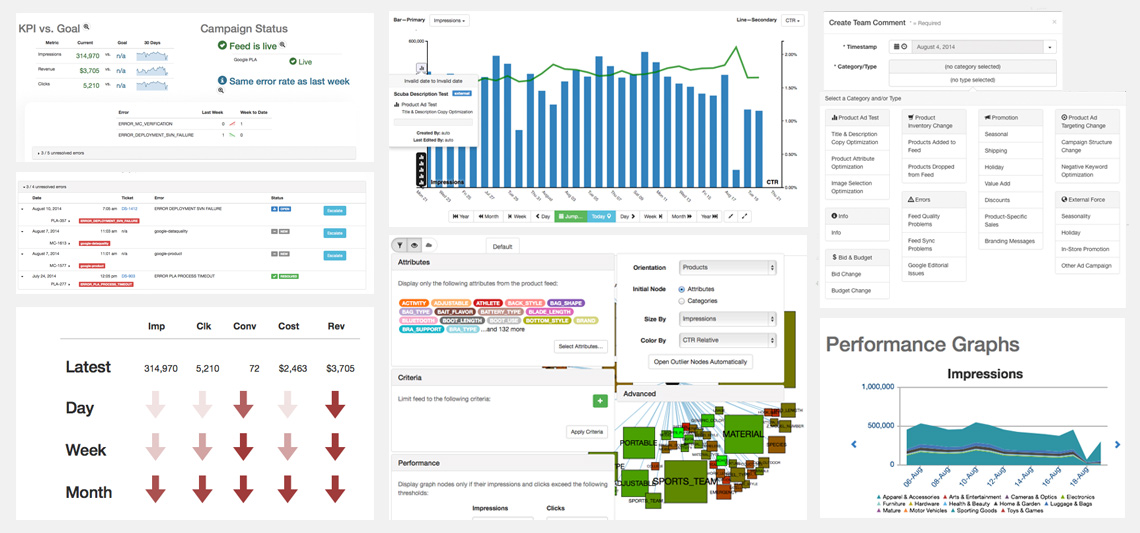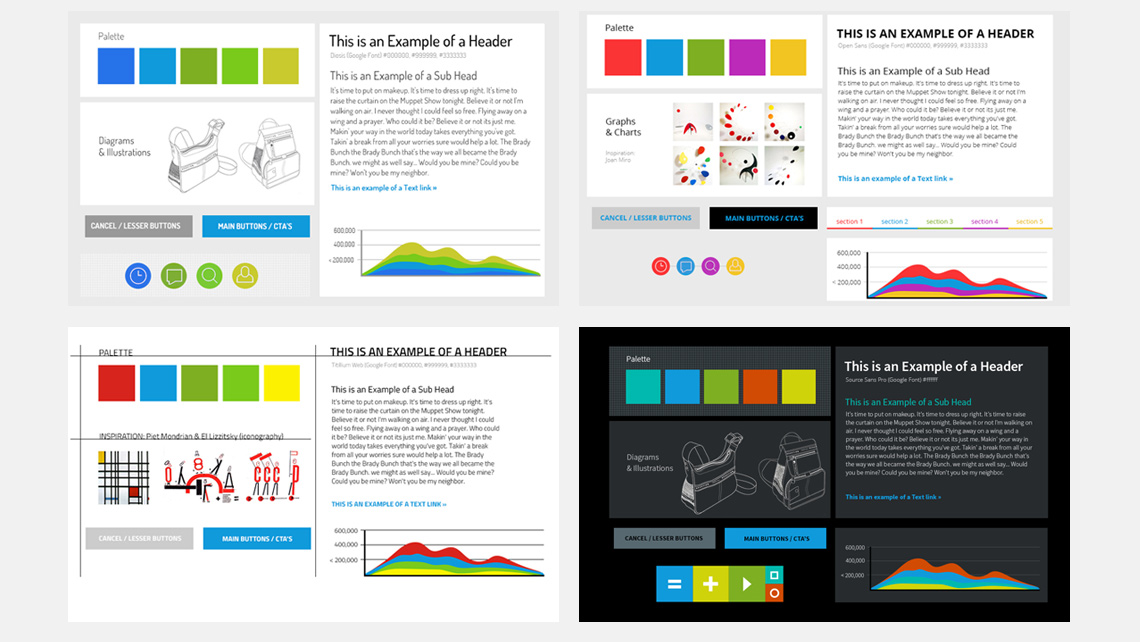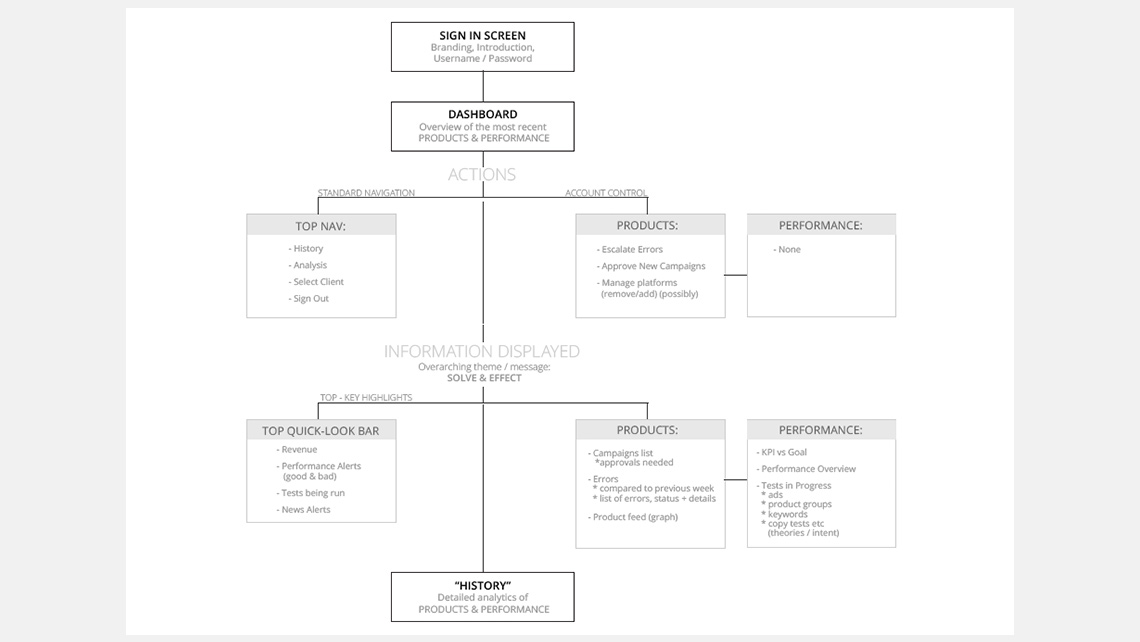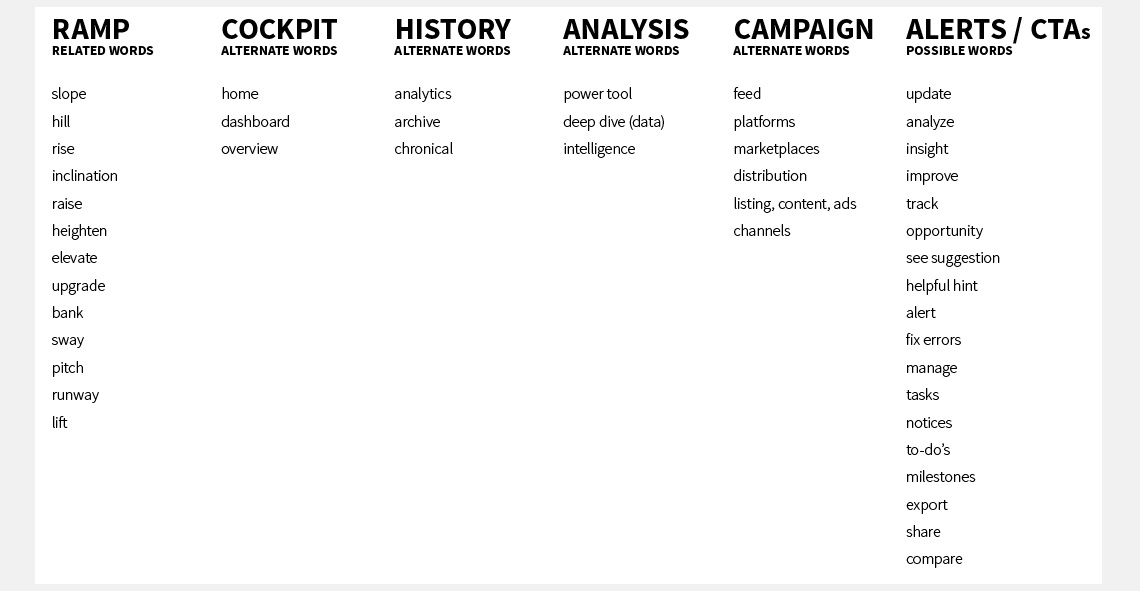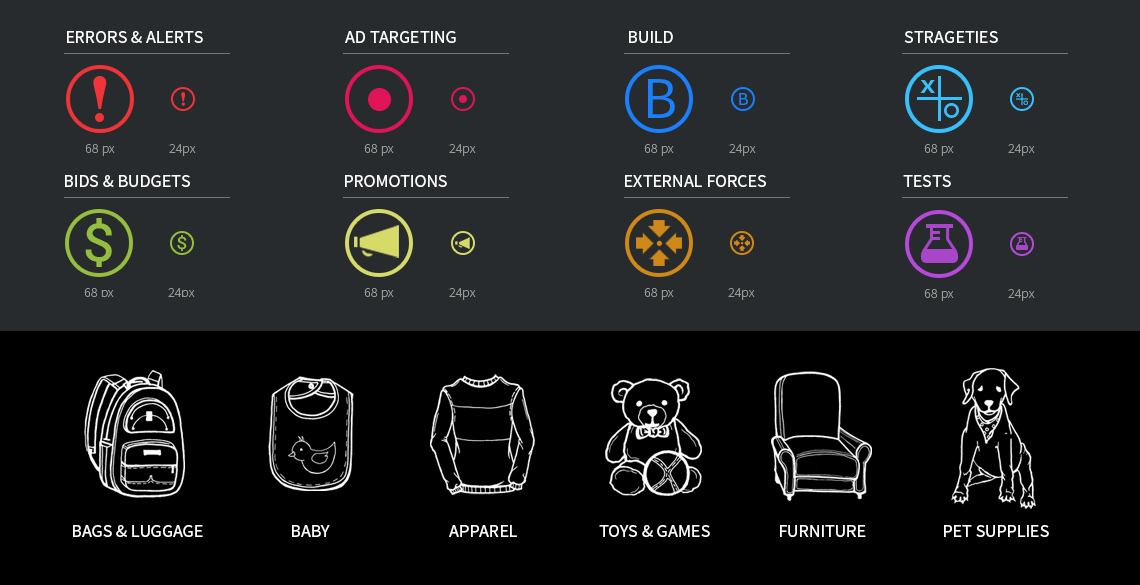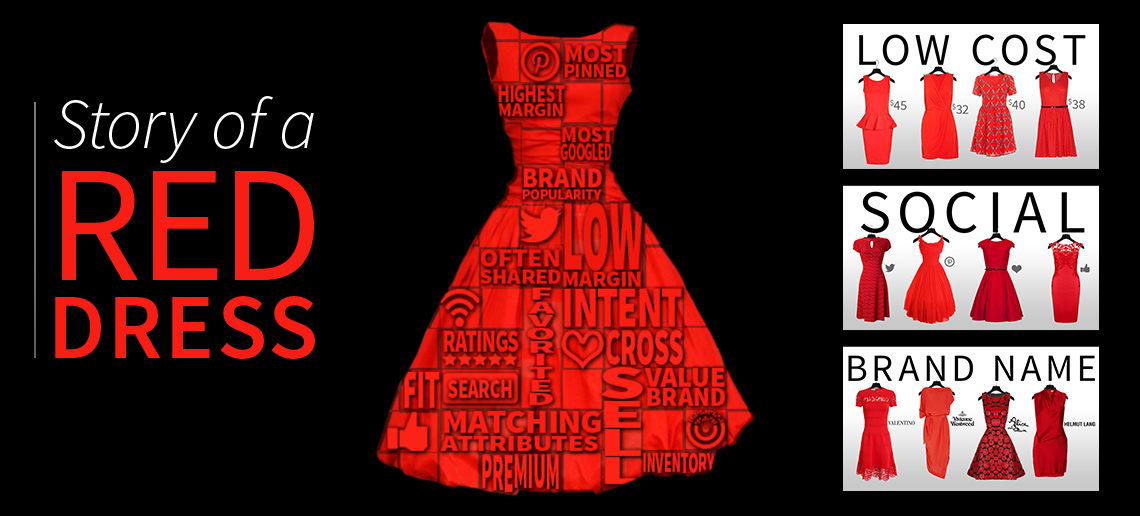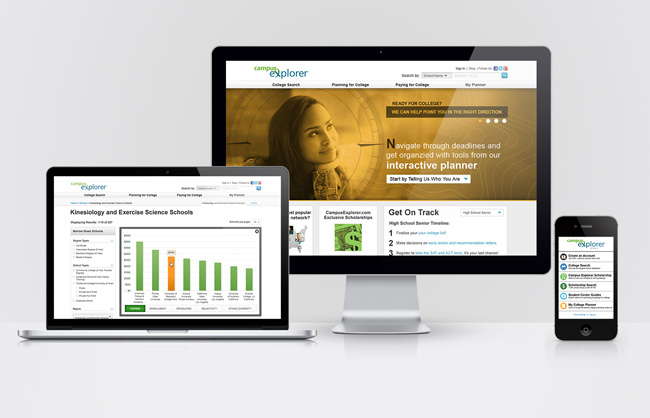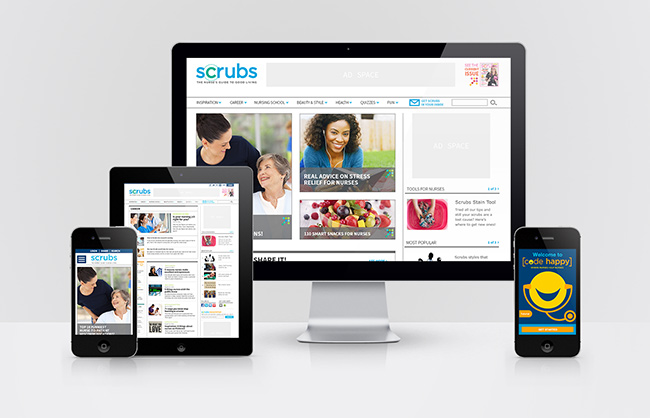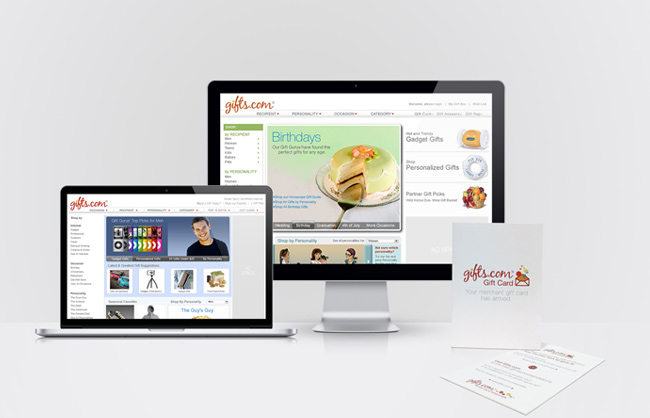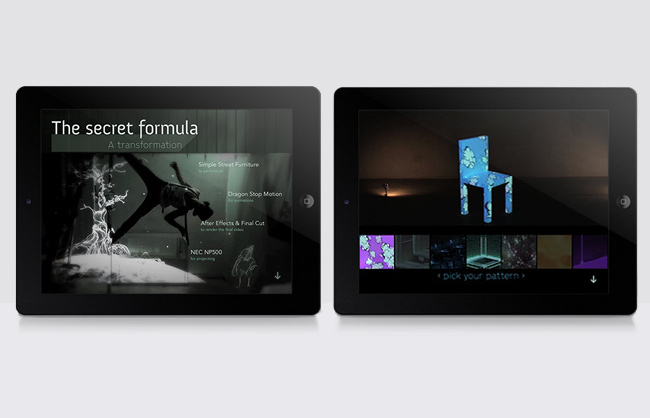DATAPOP
PROJECT DETAILS
CLIENT:DATAPOP
ROLE: VISUAL & UX PRODUCT DIRECTION
DataPop had engineered an impressive new big data analytics and ad management product for businesses. Their talented team had created an amazing tool, and they needed a graphic / user experience designer to come in and create an interface that would be friendly to online eCommerce marketers.
THE SOLUTION
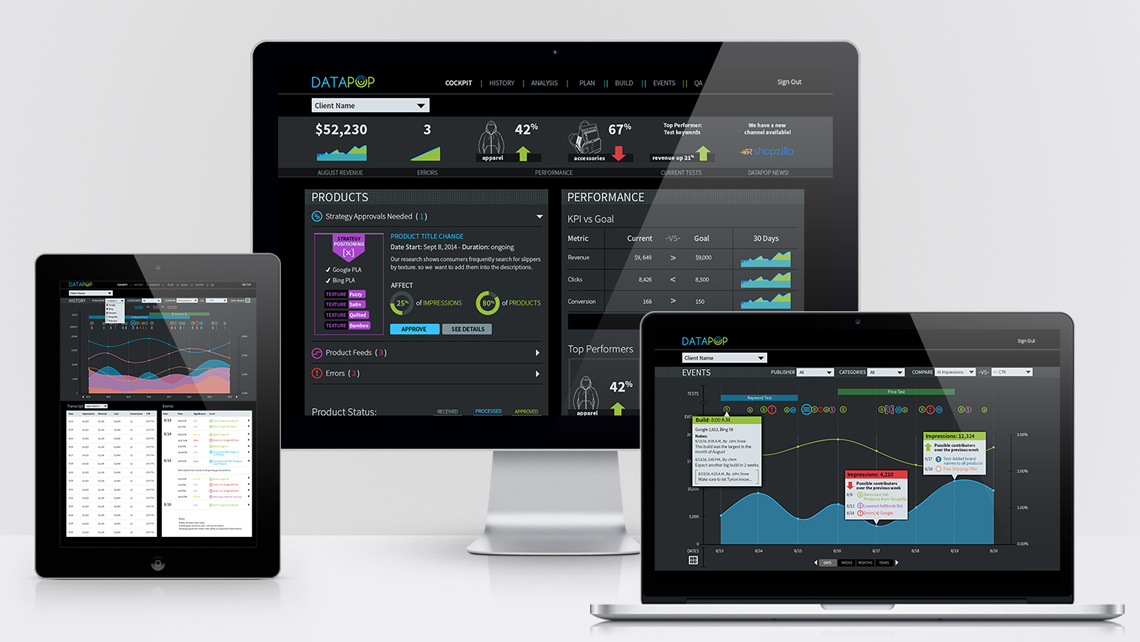
Creation of a New Style
DataPop had a look and feel they previously established before the new OmniAds™ product was created (mostly for their website and marketing materials). In the initial ideation phase, I explored refining that style and conceptualized other potential new looks. Once the direction was decided upon, I created the style guide.
HUD, Hierarchy & Features
They had data sets and some features already settled on, but they didn't have the hierarchy worked out. I thought a campaign summary section at the top of the dashboard would be helpful to surface the most important issues. I also worked closely with them to build new features to solve various challenges that arose along the way.

